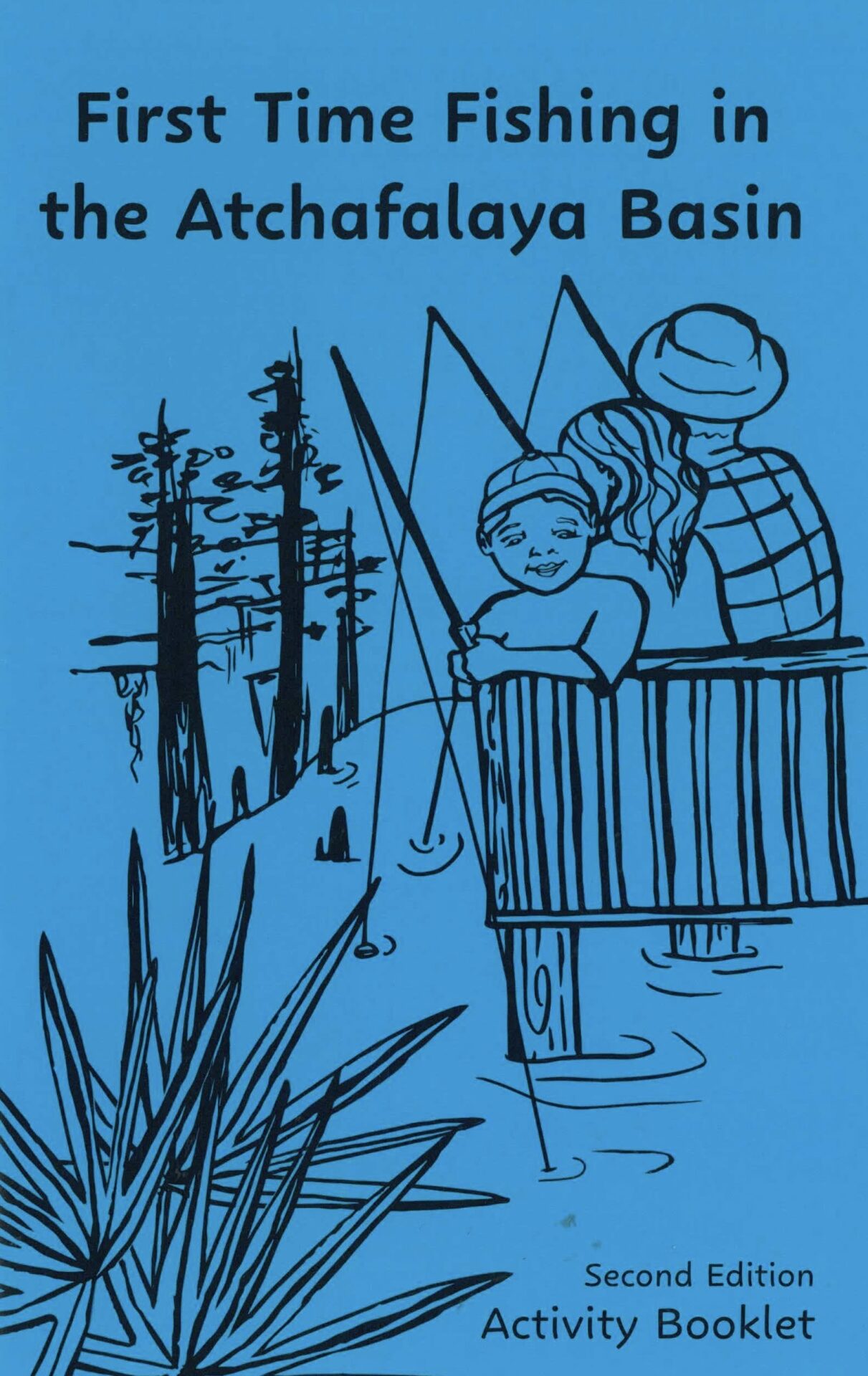The Gulf of Mexico estuaries are among the most productive natural habitats in the world. Estuaries are areas where rivers meet the sea, mixing freshwater and saltwater and creating some of the most productive habitats anywhere on the planet. They serve as spawning, nursery, and feeding grounds for nearly all of the Gulf’s recreational fish species, and provide essential space for millions of waterfowl.
Different types of wildlife like different concentrations of salt. Estuaries therefore offer diverse corridors, servings as links among species— especially here on the Gulf. These estuaries exist in a variety of forms: Spots like Texas’s Matagorda and Alabama’s Mobile Bays are bar-built, meaning their barrier island borders are deposited by ocean currents. Once different water salinities are enclosed within these sandbars, wind-driven currents “mix” them into a brackish state.
Louisiana’s estuaries, on the other hand, are at the bottom of, and feed directly into, the Gulf. Basins Pontchartrain, Borgne and Maurepas are delta front estuaries, bordered by sediment long-piled by the river.
While estuaries are home or host to myriad fish and wildlife species, there are some treasured especially by sportsmen, including—
Redfish, one of the most coveted game fish in the South. They gravitate offshore during adulthood, but spend their first four years in estuaries: Our warm, brackish shallows host munchies like shrimp, crabs, and mollusks. As adults, redfish return to estuaries for just the right salt buoyancy to lay their eggs. They can be fished yearlong in Louisiana.
Coastal snook, which love their Florida mangroves: The trees with salt-filtering leaves and brambles in shallow water— themselves estuary signifiers— make prime hiding spots for snook to stalk and ambush prey. Snook also like their share of salt when they spawn, but they ultimately prefer the lower salinities of bar-built estuaries. They are otherwise found upstream.
Spotted sea trout— or specks— which swim in different salinities depending on the water: During summer months they follow their prey into the saltier shallows of estuaries. When the temperature drops, they move into deeper Gulf waters. When it’s hot, they can be found in most inshore spots across the Gulf.

This is not to say that estuarine species are limited to fish. Brackish basins become brackish greenery like wetlands and seagrass beds, which are critical spots for literally thousands of breeding and migrating waterfowl: Every winter, Louisiana alone hosts over half of ducks and geese from the Mississippi flyways. Waterfowl from the Prairie Pothole and Great Lakes regions like watery-but-non-forested environments. Louisiana’s rolling marshes are therefore a good winter fit for…
Gadwalls, a favorite among duck hunters. They are aquatic grazers, meaning they feed primarily on submerged— and in this case brackish— vegetation like sedges, widgeon grass, and wild celery. Rather than diving deep for their food, these fowl forage for greens in the muddy areas close to the shoreline. In Louisiana, this means the wetlands: All the land in the state was once under, and is still fed by, the river and the Gulf. This makes all vegetation and the supporting soil a reflection of the closest water’s salinity.
American Wigeons also like wetland plants. Louisiana’s just-salty-enough estuaries have the additional plus of keeping waterfowl warm during the cold migratory months.
Louisiana’s winter guests also include blue-winged teal, which “breed by the hundreds” on the fresher, river-most estuary ends; and pintails, which feed on estuary plant seeds as well as the plants themselves. As a whole, the state hosts over 10 million ducks and geese annually.
Meanwhile, Texas’s seagrass-filled Laguna Madre hosts over half of North America’s redheaded ducks every winter. Mallards, the most common duck in the nation, are found in Alabama’s and Florida’s estuaries from September to March; and canvasback ducks spend their winters diving into the Mississippi Sound for food. Many tourists like our coast for summer warmth, but no time of year brings in these avian guests like the chilly months.

There’s also the economy. The Gulf’s estuaries are the lifeblood of regional communities and businesses, with sportsmen and women bringing in an annual $12 billion. Meanwhile, hunting in all five states takes up over 11 million acres of protected lands annually, and the region as a whole is responsible for 40 percent of the seafood in the nation. Hunters and anglers are also key figures in the outdoor education sector, with wildlife tourism alone bringing in an annual $5 billion. In total, healthy basins along our coast ultimately enable a good 113,000 jobs.
What we’re getting at is that estuaries, these flexible ecosystems, matter in a big way: They have anchored settlements for literally millennia, from ancient Egypt at the foot of the Nile to modern-day commercial linchpins like London and Shanghai. It’s not for nothing that these balanced bodies have been called “cradles of civilization.”
Unfortunately, all is not well in the water in the Gulf’s estuaries.
Despite their ecological and economic significance, most of our basins have been adversely affected over the years by human alteration to land and water upstream. This is true of the marshes of coastal Louisiana, Apalachicola Bay and adjacent seagrass beds, the Mobile Bay Estuary, Charlotte Harbor and Florida Bay, the Mississippi Sound, and the estuaries along the Texas Coast. Overall, over 200,000 acres of the Gulf Coast’s wetlands have disappeared over the past five years— an issue in part due to an upset balance of fresh and salt water.
All is not lost, though: We are promoting projects and policies to keep the Gulf of Mexico’s estuaries healthy. We have compiled the recommended state-by-state list of projects to begin a robust investment in health and productivity of Gulf estuaries— Check out our letter to Louisiana’s incoming governor, and the RESTORE Council’s recently released Funding Priority List for keeping the coast healthy. The protection and restoration of these estuaries are key to both the near-term recovery and the long-term resiliency of the Gulf of Mexico in order to keep its rich hunting and angling heritage.



